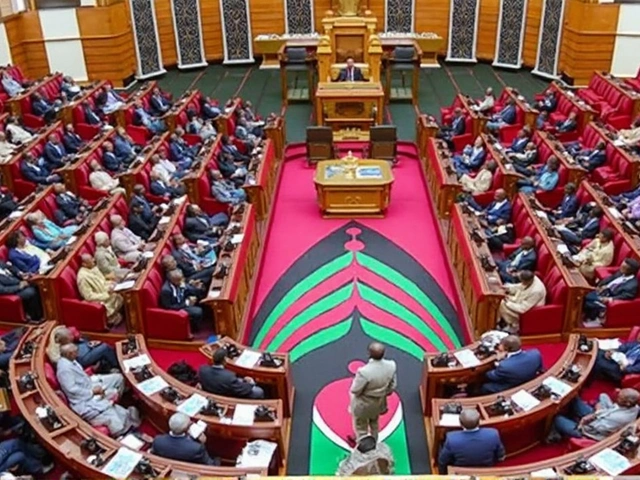Cardiac Arrest: Quick Facts and Life-Saving Tips
Cardiac arrest happens when the heart suddenly stops beating effectively, cutting off blood flow to the brain and other vital organs. Unlike a heart attack, which is caused by a blocked artery, cardiac arrest is often due to an electrical problem in the heart that causes an irregular heartbeat. If not treated immediately, it can lead to death within minutes.
Recognizing the signs of cardiac arrest is crucial. The person may suddenly collapse, lose consciousness, and stop breathing or breathe abnormally. Time is of the essence here—each minute counts, and acting fast can save a life.
What To Do If You Witness Cardiac Arrest
The first step is to call emergency services right away. Then start CPR (cardiopulmonary resuscitation) immediately. Push hard and fast in the center of the chest at a rate of about 100 to 120 compressions per minute. If an automated external defibrillator (AED) is nearby, use it as instructed. The AED can deliver shocks to help restore a normal heartbeat.
Don’t be afraid to give CPR—even if you’re not certified, doing chest compressions is better than doing nothing. Early CPR and defibrillation increase the survival chances dramatically. Many communities now offer basic lifesaving classes that teach how to handle cardiac emergencies effectively.
Prevention and Awareness
While not all cardiac arrests can be prevented, living a heart-healthy lifestyle helps. Eating balanced meals, exercising regularly, avoiding smoking, and managing stress can reduce risk factors. Regular check-ups can spot heart conditions before they become emergencies.
Being prepared and knowing what to do in a cardiac arrest situation can make all the difference. Sharing this knowledge with friends and family might save someone’s life one day.





